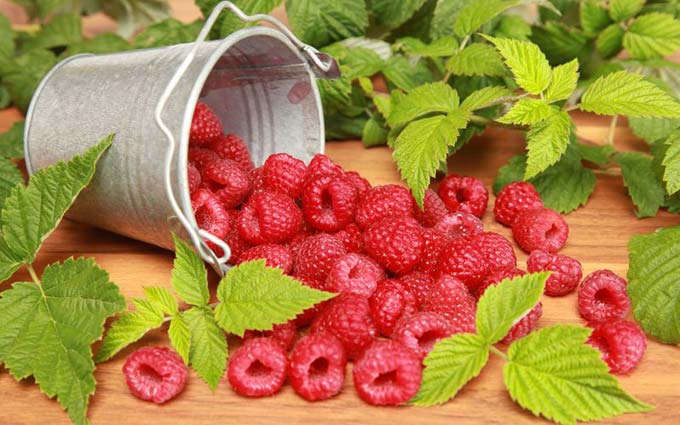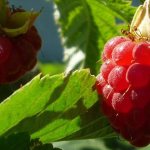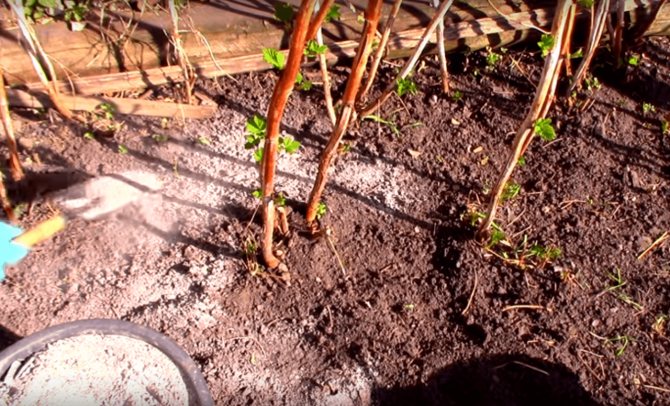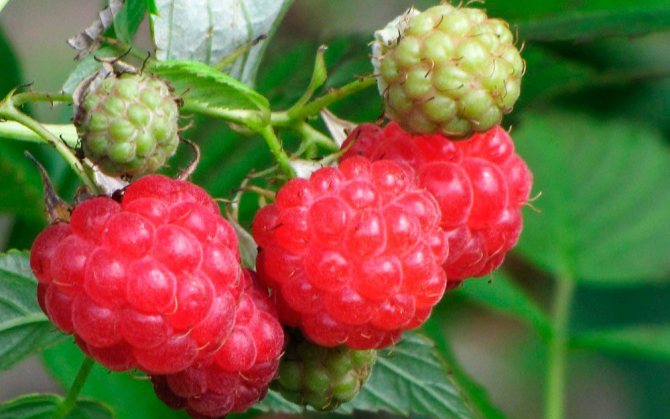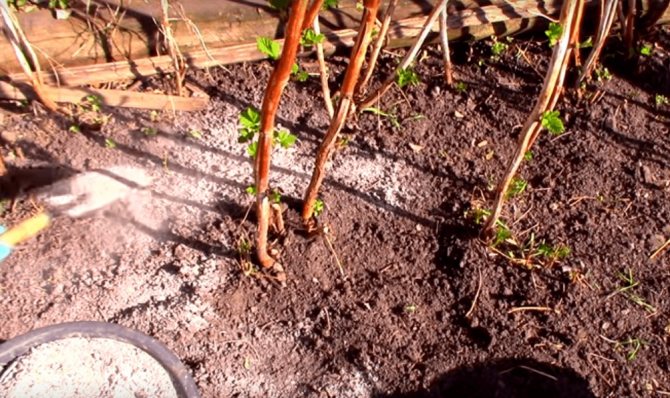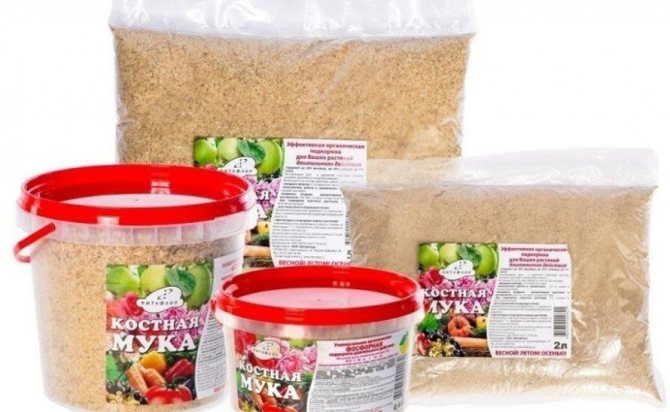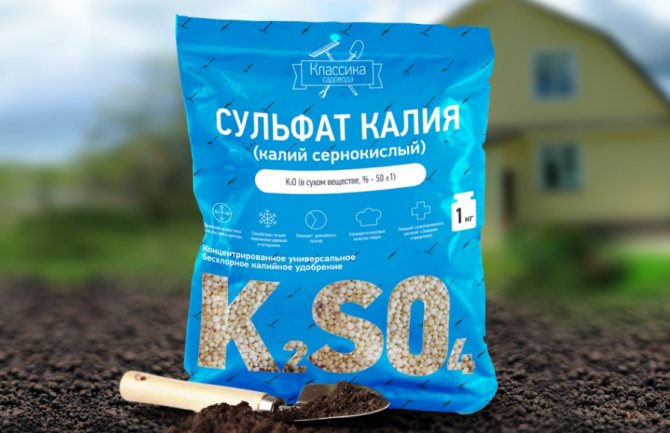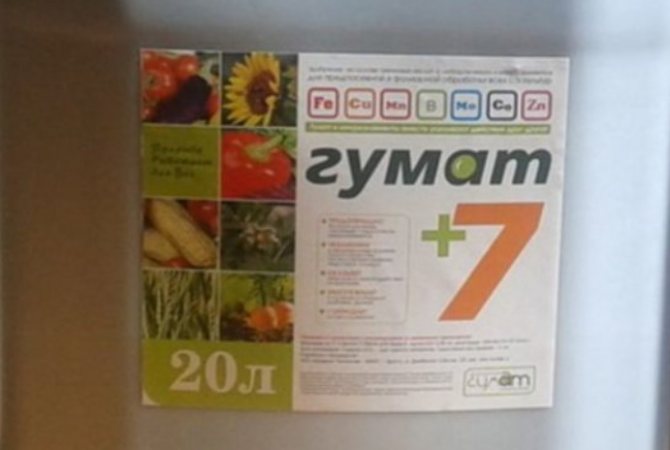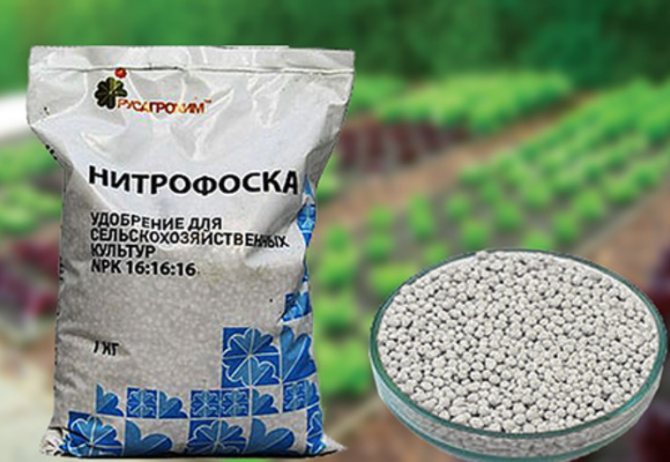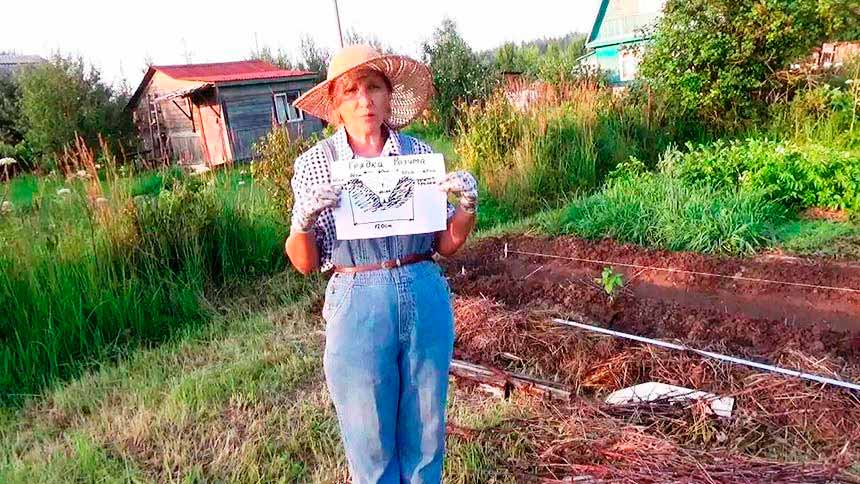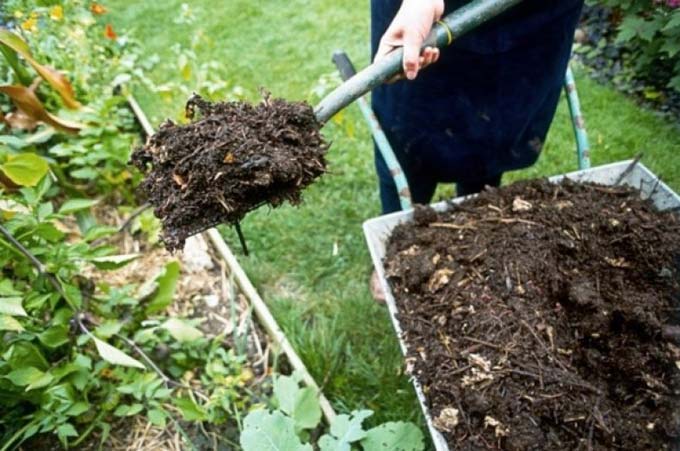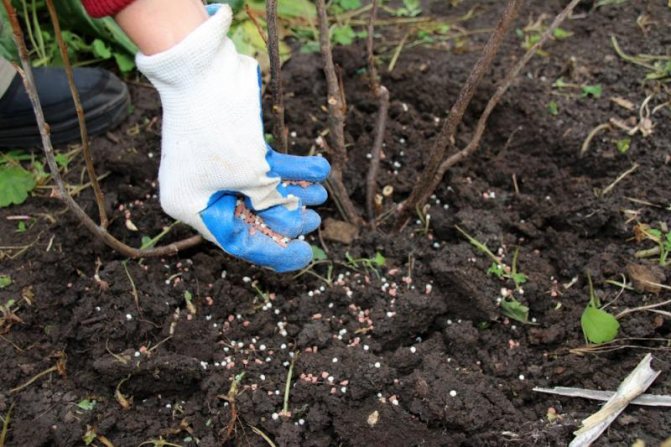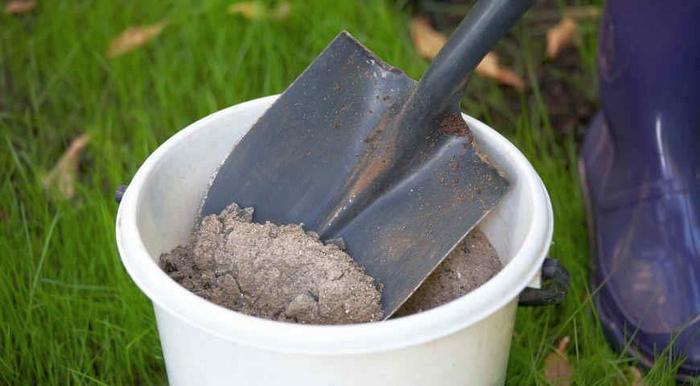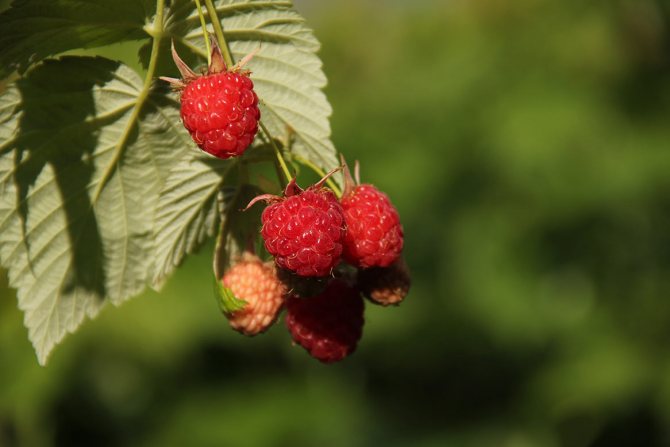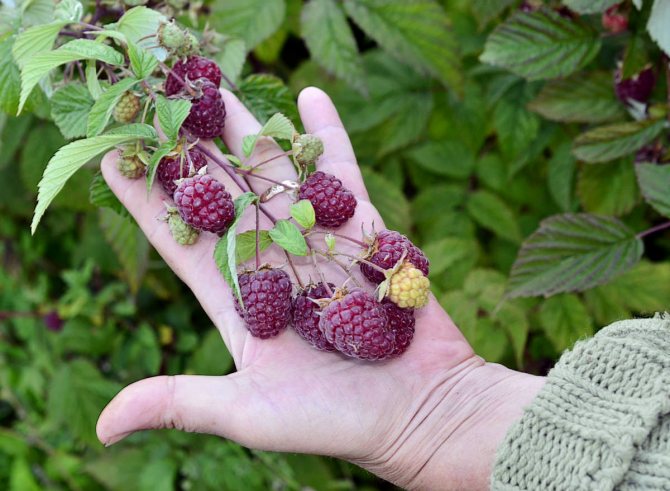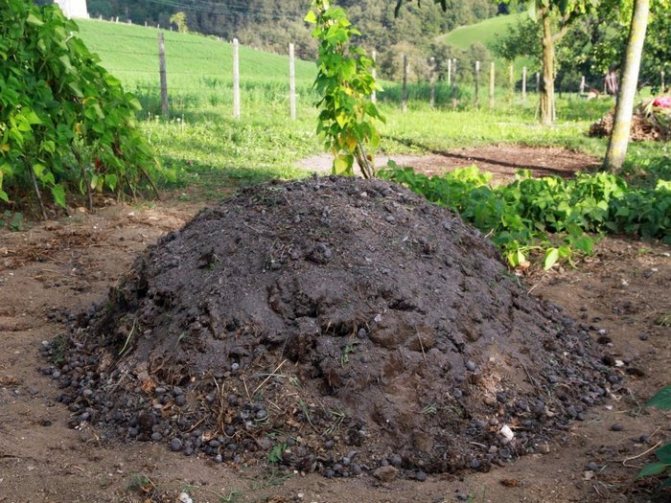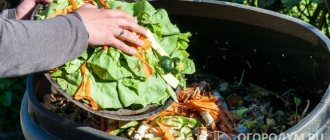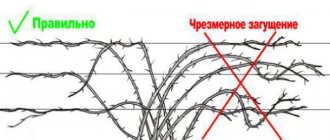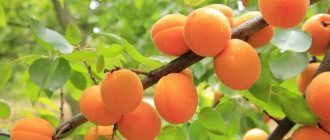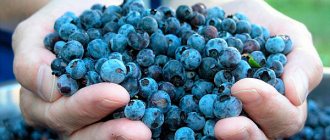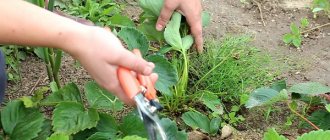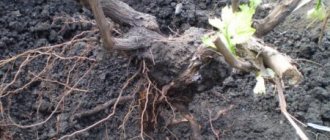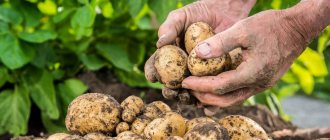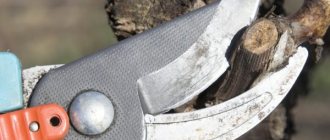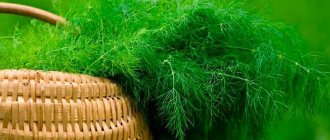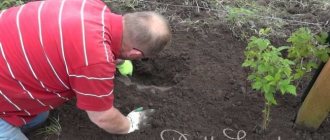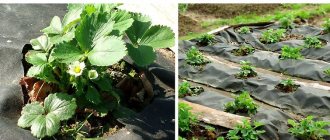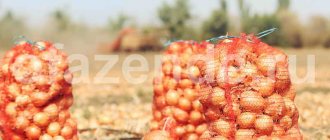If you want to get bountiful harvests of large and tasty berries every year, then you need to fertilize raspberries. Naturally, for top dressing to be effective, you need to know when (at what time), how and what to feed raspberries in spring, summer and autumn (after fruiting), so that the shrub is always provided with all the required macro- and microelements.
An important element of feeding is nitrogen
During spring, nitrogen nutrition plays a special role. Nitrogen has a beneficial effect on the development of lush foliage. Other fertilizers are also indispensable, but they will be required during the awakening period after winter much less, but nitrogen is no longer needed for the autumn fertilization. You need to be very careful with this substance, because feeding with excessive portions of agrochemistry with nitrogen will provoke violent growth of greenery and abnormal growth of stems. But the harvest of raspberries may not be obtained at all, or it will be small and meager.
It is also important to understand not only what to feed, but also when to fertilize raspberries in spring. Nitrogen-containing substances need to be fed only once a season. The exception is shrubs that grow in unfavorable areas - sandy or clayey. In this case, you can fertilize twice, a couple of weeks after the first feeding. And then, the second application of nitrogen fertilizers is carried out based on the state of the plants. If, having received the first portion of food, they are weak, grow poorly and have few leaves on them, then they give additional feeding.
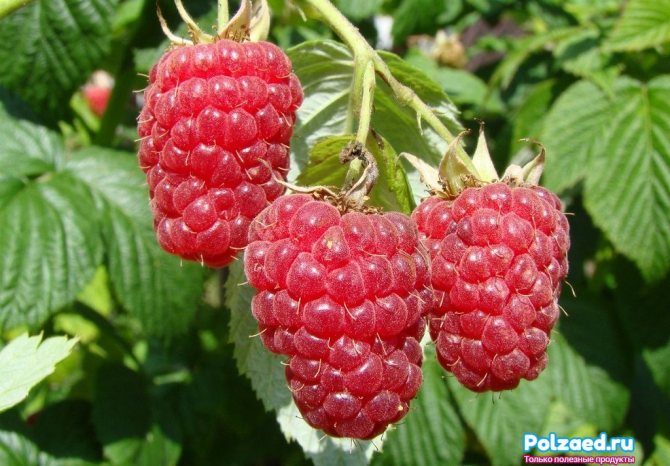
The recommended period for its introduction is somewhat stretched - it is allowed to feed berry bushes, starting from the first spring warming (as soon as the snow has melted) and until full foliage appears. If we talk about averaged data, then we should roughly be guided by April-May.
- You can sprinkle fertilizer on top of melted snow. When the temperature rises, the top dressing, dissolving in melt water, is absorbed into the soil along with it and from there it is absorbed by the roots. But here it is important that the cover is not continuous, the best conditions for such feeding are the presence of puddles under the raspberry bushes. It is not necessary to pour fertilizers on the snow crust, since they will dissolve and evaporate from the surface, and will not get into the ground, respectively, the raspberries will be left without food.
- More effective period: before feeding the raspberries, the snow must melt and the ground must thaw. At this time, raspberries come to life after winter, the buds swell, and it is already ready to assimilate fertilizers along with moisture from the soil. Sometimes you can fertilize at a later date - before flowering.
But an earlier feeding will give a good result - an increase in yield. The main thing is to be guided by the rule: it is not scary to under-feed the plant, it is dangerous to over-fertilize it. With excessive nutrition, the plant accumulates a large concentration of substances that will damage the roots, and the foliage will dry out and fall off.
What else needs to be done in the spring to get a good harvest of raspberries
The spring raspberry care measures include the following:
- opening after winter (removal of the winter shelter);
- spring pruning;
- transplant (if necessary);
- loosening and weeding;
- watering;
- mulching;
- directly feeding;
- garter;
- processing raspberries from diseases and pests.
By the way! The site also has general detailed article on spring raspberry care.
Video: caring for raspberries in spring - pruning, loosening, garter, feeding
Thus, in order for the raspberry bush to thank you with a generous harvest, you definitely need to regularly feed your raspberries in the spring and summer-autumn period. It is not so laborious, but you will definitely appreciate the result. You just need to know exactly when, how and what, in other words, to act according to the instructions given in this material.
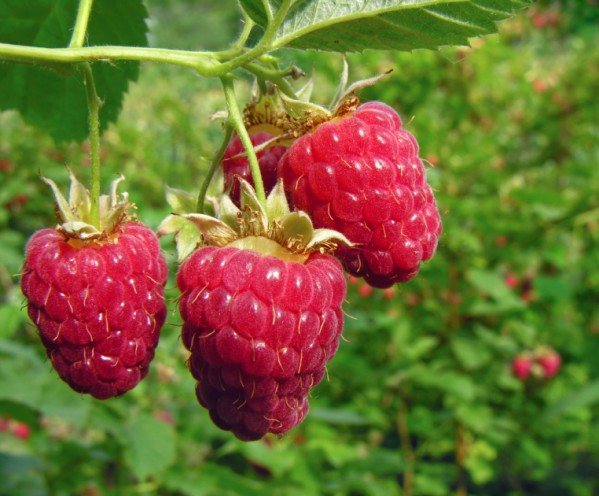

Application of mineral fertilizers
From mineral agrochemistry, which includes nitrogen, for raspberries they use:
- urea, or urea;
- ammonium nitrate;
- nitroammophos.
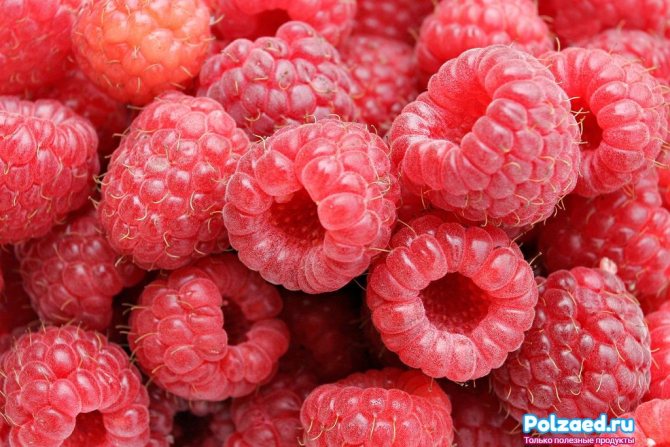

The last substance contains a triple set of the same volume of elements - nitrogen, phosphorus and potassium. If you use the nitroammophos spring, then first than superphosphate
and potassium to feed raspberries in the fall, their number must be reduced.
What is the best way to feed raspberries in spring? To fertilize 1 square meter of area, you need the following rate:
- urea - 15 g;
- ammonium nitrate - 15 g;
- nitroammofoski - 30 g.
Of the given fertilizers, they use only one of them, choosing at their discretion. In order not to be mistaken with the dosage and not to overdo it, carefully study instruction
on the package.
Before feeding raspberries with this mineral nutrition, the earth must be moistened, in spring it dries quickly. How do I add nutrients correctly? Sprinkle the damp soil with granules and loosen it to a depth of 5 cm. This will help mix the soil and fertilizer. If the trunks under the raspberries are not wet enough, then they should be watered, because it is impossible to allow direct contact of the root system with the dry preparation.
The best weather for top dressing is after the last rain. You can also dissolve the powder in water according to the instructions and prepare the fertilizer in liquid form. Watering the bushes with a nutrient solution, top it up with plain water.
How to fertilize raspberries correctly
When fertilizing raspberries in spring, you must adhere to the following rules:
- If the raspberries were planted last year and nutrients were added to the holes, there is no need to make top dressing in the spring.
- Raspberries begin to fertilize 2-3 years after planting. During this time, the bushes will pull out all the nutrients from the soil.
Interesting! Water the raspberries 1-2 hours before applying liquid fertilizer.
- If the root dressing gets on the leaves and berries, they must be rinsed with clean water.
- The procedure is carried out in the early morning or evening. During the day, you can apply fertilizer only in cloudy weather.
Advice! Granular fertilizers (especially superphosphate) are first dissolved in hot water, as they dissolve very slowly in cold water.
Use of organic
An alternative version of agrochemistry is folk remedies that suggest using natural dressings. For raspberries, use the following organic fertilizers:
- compost;
- manure;
- chicken droppings;
- infusion of cut herbs;
- siderates.
These products are of natural origin, so you can choose from them how to fertilize raspberries without adding chemicals in the spring to increase the berry yield. Organic products serve as a source of potassium, phosphorus, nitrogen and trace elements in various concentrations, but they contain more nitrogen than other substances.
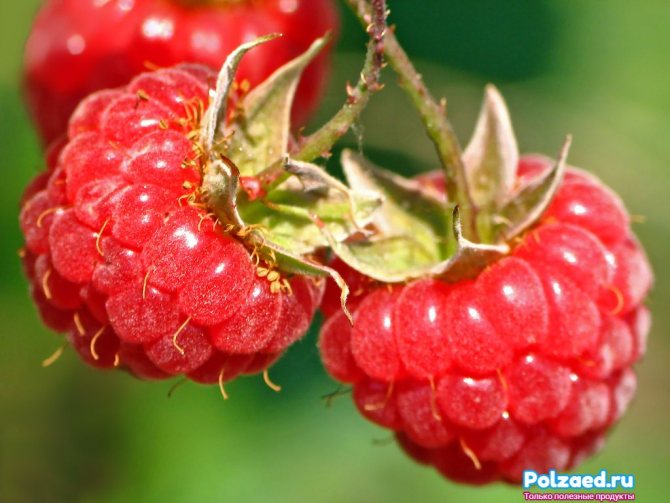

The amount of organic matter at dosage is difficult to measure accurately, so do not be too zealous. She, like mineral preparations, in large quantities can harm the plant (cause increased growth of shoots, burn the roots). You need to be especially careful with bird droppings. Here are the approximate doses for obtaining organic food for raspberry bushes.
- From the manure. 1 bucket of manure that has rotted during the year is scattered over a plot of 1 sq. m, mixed with soil. Fresh manure cannot be used, it will destroy the raspberry bushes.
- Infusion of cow or horse manure. Cover the container with manure by one third, add to the full volume of water, cover and insist in a warm place for fermentation. The liquid must be stirred every day. At the end of the fermentation process (an average of a week), dilute with water 10 times the volume. For watering, take a bucket of 1 sq.m.
- Infusion of chicken manure is performed according to the above recipe, and the finished infusion is diluted with 20 times the amount of water. Watering 1 sq. m with a bucket of organic matter.
- A deciduous part is taken from freshly cut grass, crushed and placed in a container, herbal collection
fill with water. Put to ferment and stir from time to time. After a week, the infusion is ready. It is diluted with 5 times the volume of water and watered with raspberries. - The use of siderates. With the onset of heat in garden
peas, lupine or clover seeds are sown between raspberry bushes. While developing, these plants enrich the soil surface with nitrogen. When the time for budding comes, the vegetation is mowed and laid out in a raspberry-tree around the bushes. Rotting, the grass will give the earth useful micro- and macro-fertilizers.
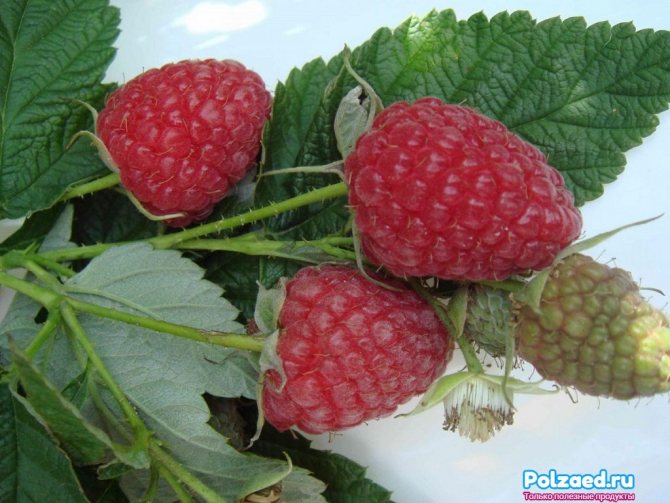

According to these recipes, fertilizers are prepared from freshly harvested manure or dung, but organic preparations purchased in the store are diluted according to the instructions.
After feeding the raspberries with organic matter, watering with plain water is required. It is desirable that liquid organic matter does not get on the foliage, if this happens, then you need to rinse it with water.
Quantity and timing
How to feed honeysuckle in spring
The amount and timing of feeding raspberries in the spring depends on the fertility of the soil and weather conditions:
- On medium - and low-fertile sandy and dense loamy soils, raspberries are fed twice in the spring. The first top dressing is performed in early spring (April), after the snow melts and the topsoil thaws to a depth of 5-10 cm. The second top dressing is performed 2 weeks after the first (in early to mid-May);
Advice. You can determine the readiness of the soil for feeding as follows. You need to take a small stick and try to tie it (stick it with force) into the soil. If it sticks in and stands confidently enough, it means that the ground has thawed out, and top dressing can be done. Otherwise, you need to wait a few more sunny warm days.
- On fertile soils, as well as in the event that the winter was protracted, they are limited to one spring feeding on thawed soil.
Mineral fertilizers are applied to the first feeding, and organic fertilizers to the second. This scheme allows you to activate the growth of shoots at the initial stage, since mineral nitrogen is absorbed by plants much faster than that contained in organic fertilizers.
The rate of nitrogen application in spring feeding for raspberries in summer cottages and household plots averages 50-60 g / m2.
On a note. The dose of nitrogen for early spring feeding recommended in many textbooks on fruit growing, equal to 80-90 g / m2 (N80-90), is applicable to industrial plantations of this crop. In the conditions of summer cottages, such a dose will be inappropriate.
Foliar dressing
Consider how you can still fertilize raspberries. Foliar dressing provides quick nutrition to the bushes, as it penetrates through the leaves, and not through the roots. But one treatment of leaves with fertilizer is not enough, they must be alternated with root ones. This will make it possible to saturate both the lower part of the plant and its aboveground part.
When exactly does the need to process raspberries on foliage arise?
- If root nutrition is not applied in time, the plant looks depressed and develops poorly.
- If the soil under the bushes is too waterlogged during the period necessary for applying root fertilization, then it is better to feed on the leaves.
- When the root system is damaged - be it pests or mechanical injury.
- With soil deficiencies. On acidic soils, fertilizer elements are converted into compounds that are not assimilated by raspberries. In clay areas, it is difficult for liquid to break through to the roots, or it does not reach them at all.
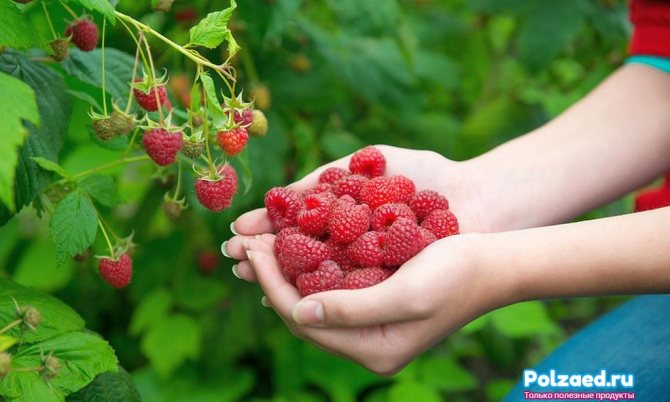

How to feed raspberries in spring before flowering by spraying? An infusion of cut grasses in a ratio of 1 to 5 is suitable for this. Strain the solution thoroughly before pouring it into the sprayer. Mineral preparations with the following composition are also suitable:
- 10 liters of water;
- 1 tbsp. a spoonful of urea (can be replaced with ammonium nitrate).
Foliar application requires less liquid fertilizer than root application.
Signs of a lack or excess of nutrients
For raspberries, both an excess and a lack of certain nutrients and trace elements are equally dangerous. It is quite easy to determine the cause of the plant's malaise; it is enough to carefully examine the bush.
Table of signs of a lack or excess of nutrients in raspberries:
| Substance | Disadvantage | Overabundance |
| Nitrogen | The foliage is small, pale green, the growth of shoots is slow, there are few flower buds. | Shoots are strongly elongated. The berries are pale, watery. |
| Calcium | Young leaves turn pale, curl. The apical buds die off. | Interveinal chlorosis. |
| Phosphorus | First-year shoots are frail, thin, weak. The leaves are dark, sometimes with yellow veins. | Interveinal chlorosis. |
| Potassium | The edges of the leaf plate are brownish, reddish-rusty, as in a burn, and are rolled up to the edge. Wilted shoots. The berries are small and sour. | The growth of shoots is slow, the leaves are dark, small. |
| Iron | Yellowed leaves with green veins appear on the bush. The tops of the shoots are dried up. | Shoot growth stops. The foliage is crumbling. |
| Magnesium | The leaf blade turns yellow from the core to the edges. | The root system begins to die off. |
| Sulfur | Leaf veins are yellow and then white. | The leaves turn yellow, curl, dry up, fall off. |
| Phosphorus + potassium | The kidneys do not open for a long time. Slow growth of shoots. | |
| Phosphorus + Potassium + Nitrogen | Yields are falling, bushes freeze in winter. |
Even with the timely application of fertilizers to the soil, there are several factors that cause a lack of nutrients:
- the root system is developing rapidly;
- in a rainy summer, substances are washed out of the soil by precipitation;
- lack of moisture slows down the flow of macro- and microelements to the aboveground part of the bush;
- excessive watering leads to a violation of air tightness and prevents the penetration of nutrients into the soil.
An excess of minerals occurs for two reasons - the wrong regimen and dosage of fertilization, a prolonged lack of moisture.
